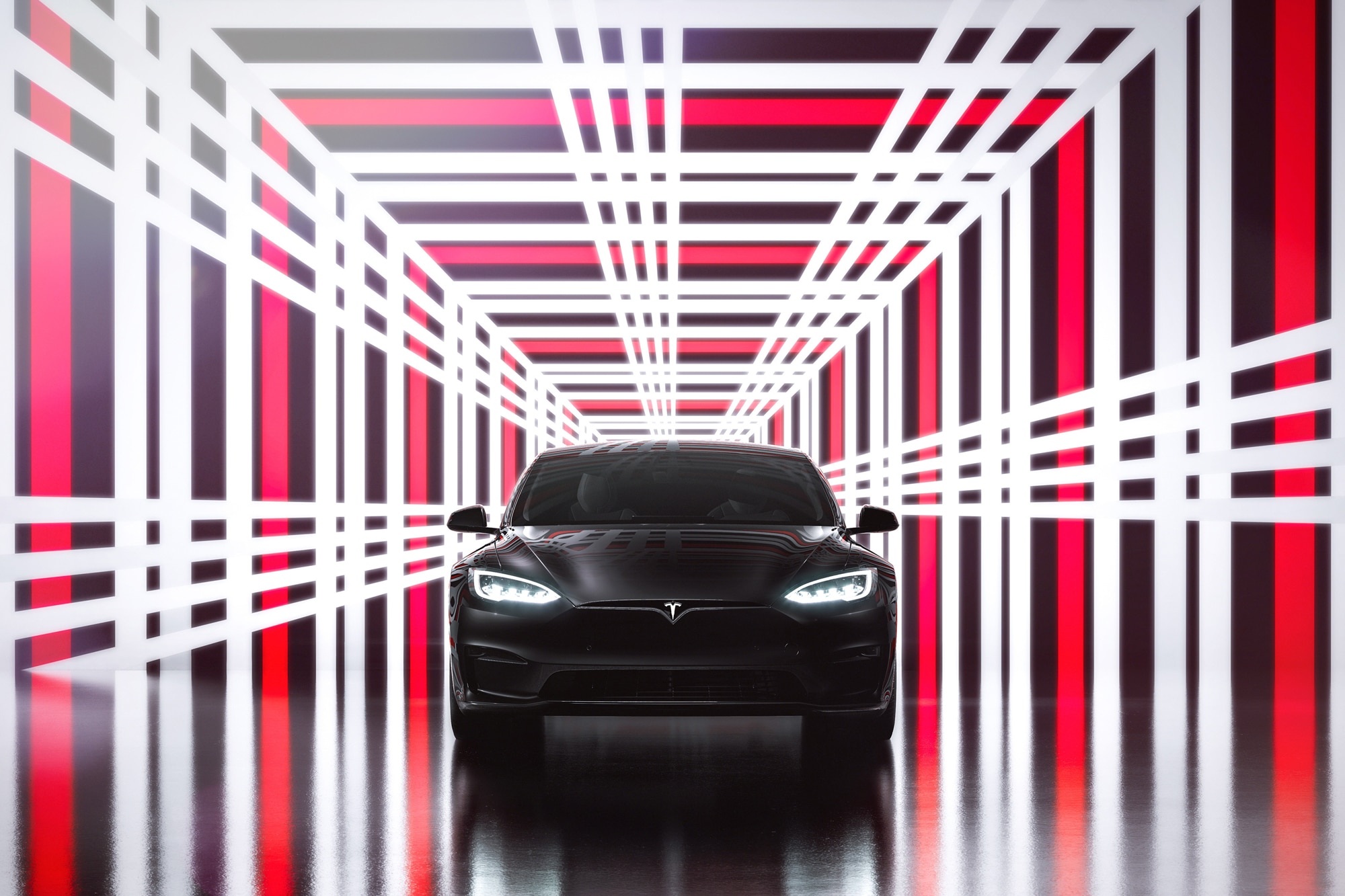Two out of Five Car Shoppers Are Likely to Consider an EV for Their Next Car
Electric vehicles are making inroads among in-market shoppers.
 Tesla
Tesla
Many people used to see electric cars as novelties, sought after only by those who were willing to place their environmental concerns ahead of comfort and convenience. While electric vehicles (EVs) still represent just a sliver of overall automotive sales in the United States (with nearly 500,000 models sold in 2021), interest in these vehicles has surged and largely erased that perception.
In 2021 alone, EV sales grew by an astonishing 80%, according to research and consulting firm AutoPacific. It's no surprise, then, that the 2022 Capital One Car Buying Outlook — which looks at the survey responses of 2,200 recent and future car buyers — shows that 39% of shoppers say they are “very likely” or "somewhat likely" to consider buying an electric car as their next vehicle.
Younger buyers and men are most likely to consider an electric car as their next vehicle — 31% of millennials (born 1981-1996) say they are “very likely” to consider an EV, compared to 9% of baby boomers (born 1946-1964). Among all age groups, 24% of men and 13% of women say they are “very likely” to entertain buying an electric car.
Here's a look at what's pushing consumers toward an electric future and how automakers and regulators can support these growing levels of interest.
More Varied EV Selection
A decade ago, the EV market consisted mostly of compacts like the Mitsubishi i-MiEV and Nissan Leaf, and expensive premium models like the Tesla Model S. As the years passed, however, the playing field expanded to other segments and price points, with options from major brands like Ford, Volvo, and BMW. It also gained a number of plug-in hybrids that offered a decent level of electric-only driving range.
Today, it's possible to find a long list of EV models in several popular automotive segments. There are more than a dozen all-electric cars currently on the market and nearly as many SUVs, not to mention a trio of pickup trucks (if you count the Ford F-150 Lightning that more than 200,000 buyers have reserved ahead of production). Throw in more than 30 plug-in hybrids of nearly every shape and size, and finding an electric vehicle in 2022 that fits a buyer's lifestyle and driving needs is infinitely easier than it once was. It's a trend that shows no signs of slowing either, as several car companies have announced plans to provide fully electrified lineups over the course of the next decade.
Tax Incentives Provide a Boost
The federal government provides a tax credit of up to $7,500 for qualifying electric vehicle purchases. With a few exceptions (models from Tesla and General Motors are ineligible because the automakers have reached the program’s 200,000-unit limit), most EVs out there currently qualify for the full credit, with plug-in hybrids included alongside pure electrics.
There's little doubt that tax credits have turned more buyers toward considering EVs. There are a couple of caveats to the program, however; it applies only to new car purchases (the manufacturer, not the lessee, claims the credit on a leased vehicle), and a number of brands (such as Toyota and Ford) are coming close to using up their allotted credits. Some automakers are lobbying to extend or expand the tax credits, which helps them offset the costs of developing new technologies and vehicles.
Charging Infrastructure Remains a Challenge
The greatest challenge to surging EV sales and customer interest is the current state of America's charging infrastructure. Although being able to plug in at home or at work remains the best option for owners, street-parking apartment dwellers in major cities face regular problems in locating functional charging stations, which makes living with an EV problematic. People also worry about experiencing issues on road trips, as many charging networks aren’t all that reliable. Plus, you may have to compete with others for a plug as more and more people buy battery-powered vehicles. Partnerships between automakers and lawmakers, as well as third-party infrastructure providers can go a long way toward erasing the gap between charging needs and existing plugs.
Visit the 2022 Capital One Car Buying Outlook for details on methodology and how the survey was conducted.
Written by humans.
Edited by humans.
 Benjamin Hunting
Benjamin HuntingBenjamin Hunting is a writer and podcast host who contributes to a number of newspapers, automotive magazines, and online publications. More than a decade into his career, he enjoys keeping the shiny side up during track days and always has one too many classic vehicle projects partially disassembled in his garage at any given time. Remember, if it's not leaking, it's probably empty.
Related articles
View more related articles